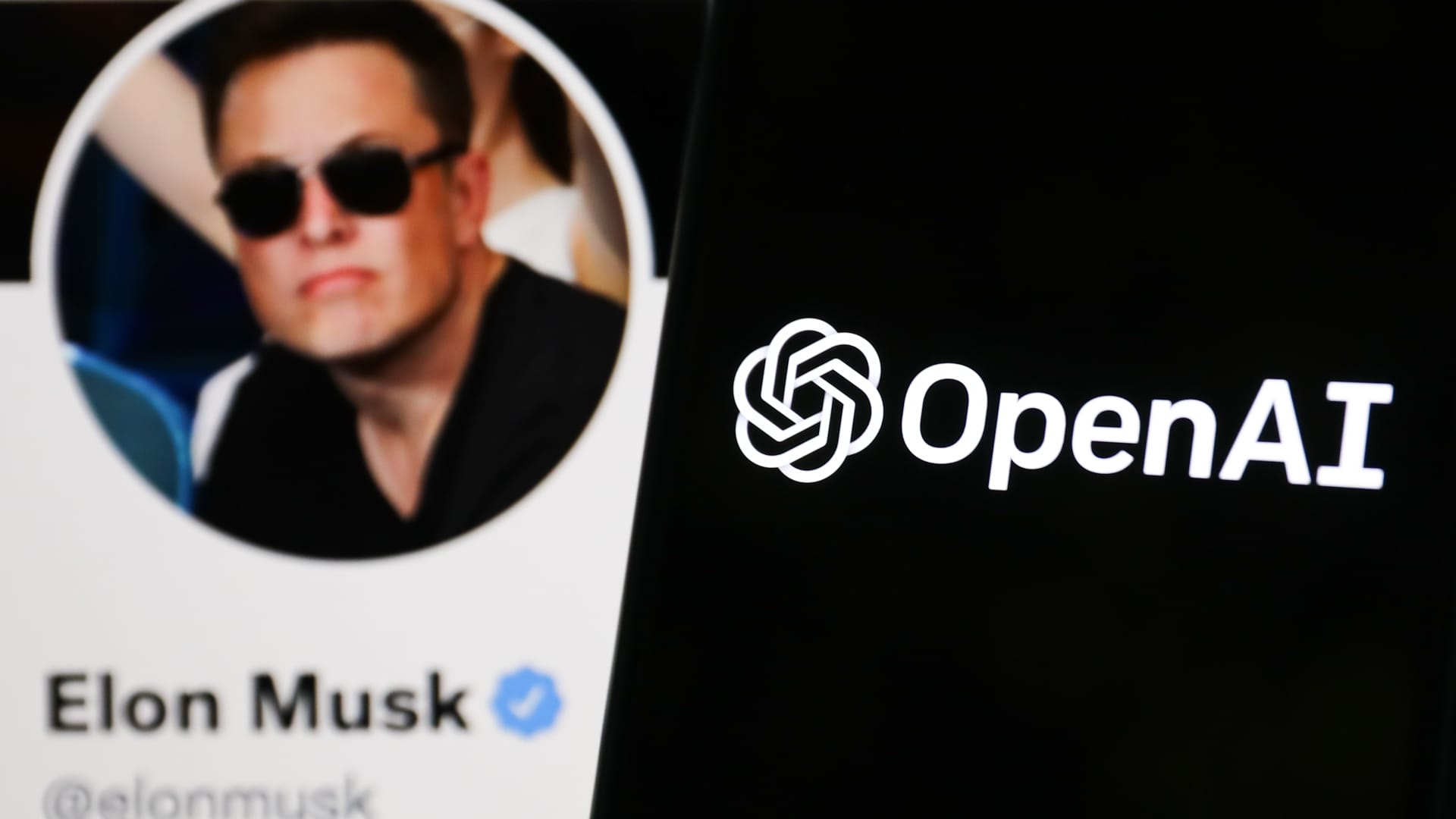In the ever-evolving landscape of artificial intelligence, few names carry as much weight as Elon Musk and OpenAI.
The recent legal skirmish between Musk and his former brainchild, OpenAI, reveals not only the diverging visions for AI’s future but also the underlying tensions that come with rapid technological advancement.
The Genesis of OpenAI
Founding Vision
In 2015, Elon Musk, alongside Sam Altman and other prominent figures in technology, founded OpenAI.
The organization’s mission was ambitious: to create artificial general intelligence (AGI) that would benefit humanity as a whole.
This vision was rooted in the belief that AGI, if managed correctly, could revolutionize industries and solve some of the world’s most pressing problems.
Musk played a pivotal role in shaping this vision, providing significant financial backing and strategic direction.
The collaborative spirit among the founders was initially strong, driven by a shared commitment to advancing AI in an ethical and beneficial manner.
However, as OpenAI grew and the demands of developing cutting-edge AI technologies became more apparent, the organization faced challenges in balancing its altruistic goals with the practicalities of funding and resource allocation.
Transition to For-Profit

In 2019, OpenAI made a controversial shift from a nonprofit to a “capped-profit” model.
This transition aimed to attract the necessary capital to support the expensive computational resources required for AI development.
The capped-profit model was designed to ensure investors could receive returns, but with a cap to align with the original mission.
This shift did not sit well with Musk, who had envisioned OpenAI maintaining its nonprofit status indefinitely.
His discomfort with this new direction was a significant factor in his decision to step away from the organization in 2018.
The change in structure raised questions about whether OpenAI could remain true to its founding principles while also pursuing financial sustainability.
This tension between mission and profit would later become a central theme in the legal disputes between Musk and OpenAI.
Key Players

Sam Altman, the CEO, and Greg Brockman, the President, have been instrumental in guiding OpenAI through its transformative years.
Both Altman and Brockman have strong ties to the tech community and have played crucial roles in the organization’s development.
Musk’s relationship with Altman and Brockman has been complex, characterized by both collaboration and conflict.
While they shared the initial vision for OpenAI, their approaches to achieving it diverged significantly over time.
The interpersonal dynamics among these key figures have influenced not only the direction of OpenAI but also the broader discourse on the ethical and practical considerations of AI development.
The Lawsuit Unfolds
Musk’s Allegations

In February 2024, Elon Musk filed a lawsuit against OpenAI, Sam Altman, and Greg Brockman.
The lawsuit accused the defendants of breach of contract and fiduciary duty, alleging that OpenAI had deviated from its original mission in favor of maximizing profits.
Musk’s claims centered on the notion that OpenAI had betrayed its commitment to developing AGI for the collective good.
The lawsuit sought a jury trial and demanded that OpenAI, Altman, and Brockman repay any profits they had received.
Musk’s legal argument was rooted in his belief that the organization’s shift to a for-profit model was fundamentally at odds with its founding principles.
These allegations were a stark reminder of the ideological rift between Musk and the current leadership of OpenAI.
Musk’s dissatisfaction with the direction of OpenAI was not just a personal grievance but also a broader critique of how the organization had evolved.
OpenAI’s Defense
OpenAI responded swiftly and robustly to Musk’s allegations.
The company described the lawsuit as “incoherent” and “frivolous,” arguing that Musk’s claims were unfounded.
OpenAI’s defense included the publication of several of Musk’s emails from the early days of the organization, which appeared to show his acknowledgment of the need for substantial funding to achieve their ambitious goals.
These emails were used to counter Musk’s assertion that OpenAI’s pursuit of profit was a betrayal of its mission.
Instead, they painted a picture of a pragmatic approach to ensuring the organization’s sustainability and ability to innovate.
OpenAI’s legal team argued that the lawsuit should be dismissed, positioning the dispute as a disagreement over strategy rather than a fundamental breach of the organization’s principles.
Expert Opinions

Legal experts were divided on the merits of Musk’s case.
Some questioned the legal foundation of the lawsuit, noting that the agreements Musk referenced were not formal written contracts signed by all parties involved.
This lack of formal documentation weakened the case’s legal standing.
Kevin O’Brien, a partner at Ford O’Brien Landy LLP and a former assistant U.S. attorney, remarked, “It’s certainly a good advertisement for the benefit of Elon Musk. I’m not sure about the legal part though.”
This sentiment was echoed by other legal analysts who saw the lawsuit as more of a public relations maneuver than a robust legal challenge.
The potential impact of the lawsuit on both Musk and OpenAI was a topic of considerable debate.
While the legal battle underscored the tensions within the AI community, it also highlighted the complexities of managing rapidly advancing technologies.
A Sudden Turn: Musk Drops the Lawsuit
Unexpected Withdrawal
In a surprising move, Elon Musk requested the dismissal of his lawsuit against OpenAI on June 11, 2024.
The filing to drop the case came without an explanation, leaving observers speculating about the reasons behind this sudden reversal.
The dismissal was filed “without prejudice,” meaning Musk retained the right to reactivate the case in the future.
This unexpected development caught many by surprise, especially given the high-profile nature of the dispute.
The legal community and AI industry experts were left to ponder the strategic calculations behind Musk’s decision.
Without a clear rationale provided by Musk or his legal team, the motivations behind dropping the lawsuit remain a matter of conjecture.
Some speculate it may have been a tactical retreat, while others suggest it could be related to broader strategic objectives in Musk’s various business ventures.
Timing and Context
The timing of Musk’s decision to drop the lawsuit was particularly notable.
It came just a day before a scheduled court hearing where the judge was expected to consider OpenAI’s motion to dismiss the case.
This raised questions about whether the impending hearing influenced Musk’s decision.
Compounding the intrigue, Musk had recently posted a series of critical messages on his social media platform X, formerly known as Twitter.
These posts came in response to an announcement by Apple regarding a new partnership with OpenAI to integrate ChatGPT with Siri.
Musk’s posts criticized the partnership, particularly focusing on data security concerns.
In one of his posts, Musk stated, “If Apple integrates OpenAI at the OS (operating system) level, then Apple devices will be banned at my companies. That is an unacceptable security violation.”
This public critique underscored the ongoing tensions between Musk and OpenAI, even as the legal battle appeared to come to a close.
The Apple Partnership Controversy
Apple’s Announcement

Apple’s announcement of its partnership with OpenAI marked a significant development in the AI landscape.
The integration of ChatGPT with Siri and Apple’s operating systems was seen as a major step forward for AI technology, enhancing the functionality and user experience of Apple devices.
This partnership was designed to leverage OpenAI’s advanced AI capabilities to improve Siri’s performance, making it a more powerful and versatile digital assistant.
The announcement was met with a mix of excitement and concern, reflecting the broader debates about AI’s role in society.
However, Musk’s reaction was swift and critical.
He voiced concerns about data security and the potential implications of integrating OpenAI’s technology at such a deep level within Apple’s ecosystem.
His posts on X highlighted the potential risks he saw in this partnership.
Market Reactions
Despite Musk’s criticisms, the market reaction to Apple’s announcement was overwhelmingly positive.
Apple’s stock market value rose to a record high above $3 trillion, signaling strong investor confidence in the potential benefits of the partnership with OpenAI.
This reaction underscored the growing importance of AI technology in the business strategies of major tech companies.
Investors appeared to welcome the integration of advanced AI capabilities into consumer devices, viewing it as a significant competitive advantage.
The contrast between Musk’s public criticisms and the market’s enthusiastic response highlighted the complex and often contentious nature of technological advancements in the AI sector.
The Broader Implications for AI Governance
Diverging Visions for AI

The legal battle between Musk and OpenAI illuminated the starkly different visions for the future of AI held by these two influential entities.
Musk has long advocated for a cautious and ethical approach to AI development, emphasizing the need to ensure AGI benefits humanity as a whole.
In contrast, OpenAI’s current trajectory involves balancing ethical considerations with the practicalities of commercial viability.
This approach has involved securing substantial investments and partnerships to fund their ambitious AI projects.
Musk’s dissatisfaction with OpenAI’s direction led to the founding of his own AI company, xAI, in 2023.
XAI’s mission to “understand the true nature of the universe” reflects Musk’s broader philosophical and scientific interests, marking a distinct departure from OpenAI’s more commercially oriented path.
Leadership and Safety Concerns at OpenAI
OpenAI has faced significant internal challenges, particularly regarding leadership and safety.
Last year, the organization experienced a high-profile leadership crisis that resulted in Sam Altman’s temporary ouster.
The crisis was reportedly driven by concerns about the risks associated with advanced AI technologies.
The intervention of Microsoft, a major investor in OpenAI, played a crucial role in restoring Altman to his position.
This episode highlighted the tensions between the need for rapid innovation and the imperative to manage AI safely and responsibly.
More recently, several high-profile safety leaders exited OpenAI, citing concerns that the company prioritized product rollouts over safety.
In response, OpenAI established a new safety and security committee to address these issues and make recommendations to the board.
Commercialization vs. Altruism
The debate over commercialization versus altruism in AI development is a recurring theme in the Musk-OpenAI saga.
OpenAI’s shift to a capped-profit model and its pursuit of commercial partnerships have sparked debates about whether it can stay true to its founding mission.
Musk’s critiques of OpenAI often center on this tension, arguing that the pursuit of profit can undermine the ethical and altruistic goals that originally defined the organization.
This debate is emblematic of broader discussions within the AI community about how to balance innovation, ethics, and financial sustainability.
Industry analysts continue to watch OpenAI closely, assessing how it navigates these complex challenges.
The outcome of this debate could have far-reaching implications for the future of AI governance and the ethical development of advanced technologies.
Reflections on the AI Industry’s Future
Industry Trends
The AI industry is rapidly evolving, with significant advancements in machine learning, natural language processing, and other areas.
Major tech companies, including Google, Microsoft, and Apple, are heavily investing in AI research and development, driving innovation at an unprecedented pace.
Current trends indicate a growing emphasis on integrating AI into consumer products and services, enhancing user experiences, and creating new business opportunities.
This trend is exemplified by partnerships like the one between Apple and OpenAI.
As AI technology continues to advance, the industry faces both exciting opportunities and significant challenges.
The balance between rapid innovation and ethical considerations will be crucial in shaping the future landscape of AI.
Ethical and Regulatory Challenges
The ethical and regulatory challenges associated with AI development are becoming increasingly prominent.
Issues such as data privacy, algorithmic bias, and the potential for misuse of AI technologies require careful consideration and robust regulatory frameworks.
Governments and international organizations are beginning to address these challenges, developing policies and guidelines to ensure that AI technologies are used responsibly and ethically.
However, the rapid pace of technological advancement often outstrips the development of regulatory measures.
The legal battle between Musk and OpenAI highlights the importance of clear and enforceable ethical standards in AI development.
As the industry continues to grow, the need for effective governance and oversight will only become more pressing.
Conclusion: What’s Next for Musk and OpenAI?
The future of both Elon Musk and OpenAI remains dynamic and uncertain.
Musk’s continued involvement in the AI industry through xAI indicates his ongoing commitment to shaping the future of AI, albeit on his own terms.
OpenAI, meanwhile, continues to navigate the challenges and opportunities of being a leading player in the AI space.
Its partnerships and innovations will be closely watched as indicators of the organization’s ability to balance ethical considerations with commercial success.
The evolving narrative of AI’s role in society will be significantly influenced by the outcomes of these developments.
As Musk and OpenAI forge their paths, the broader implications for AI governance, ethics, and technological advancement will become clearer.



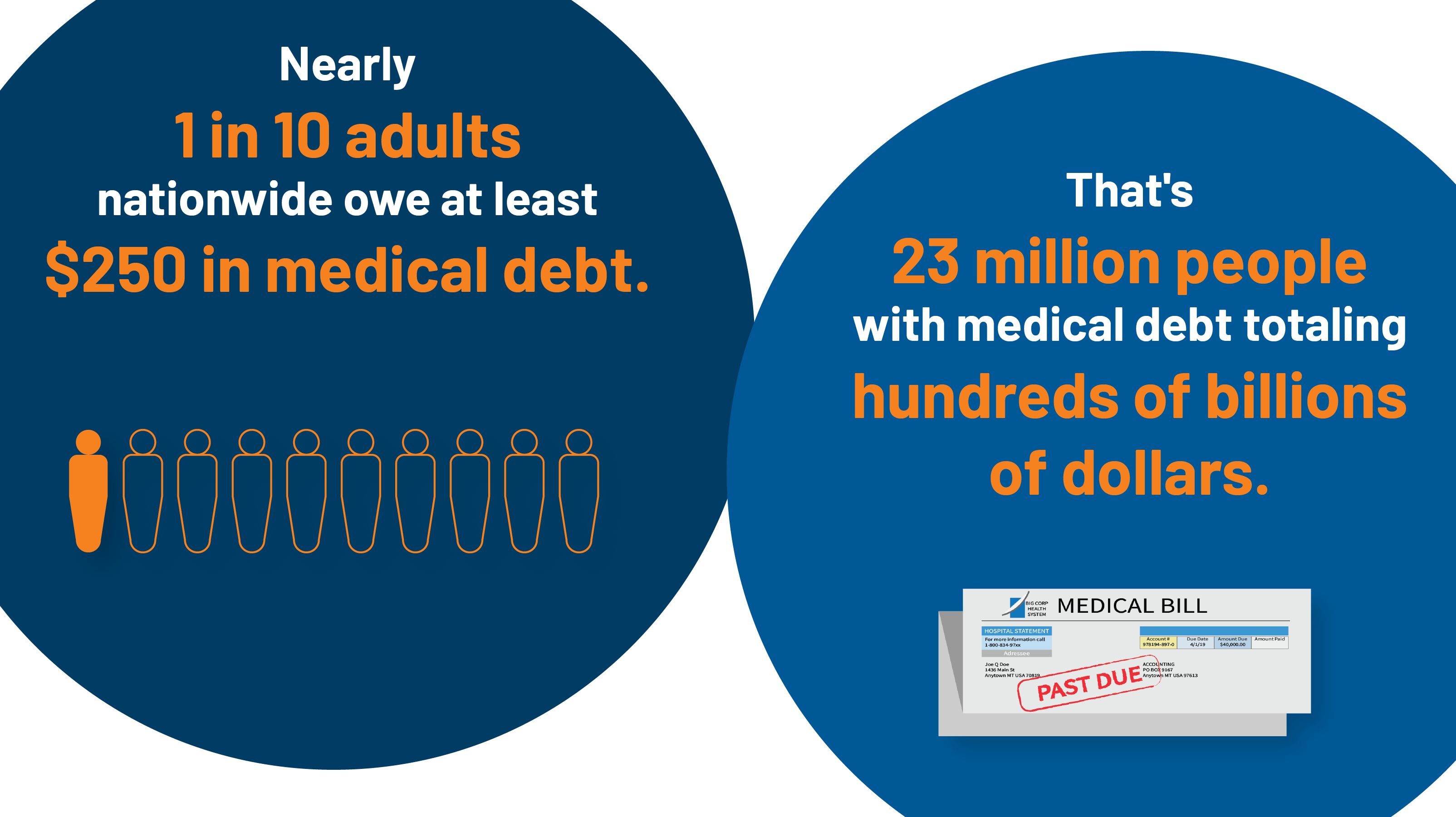



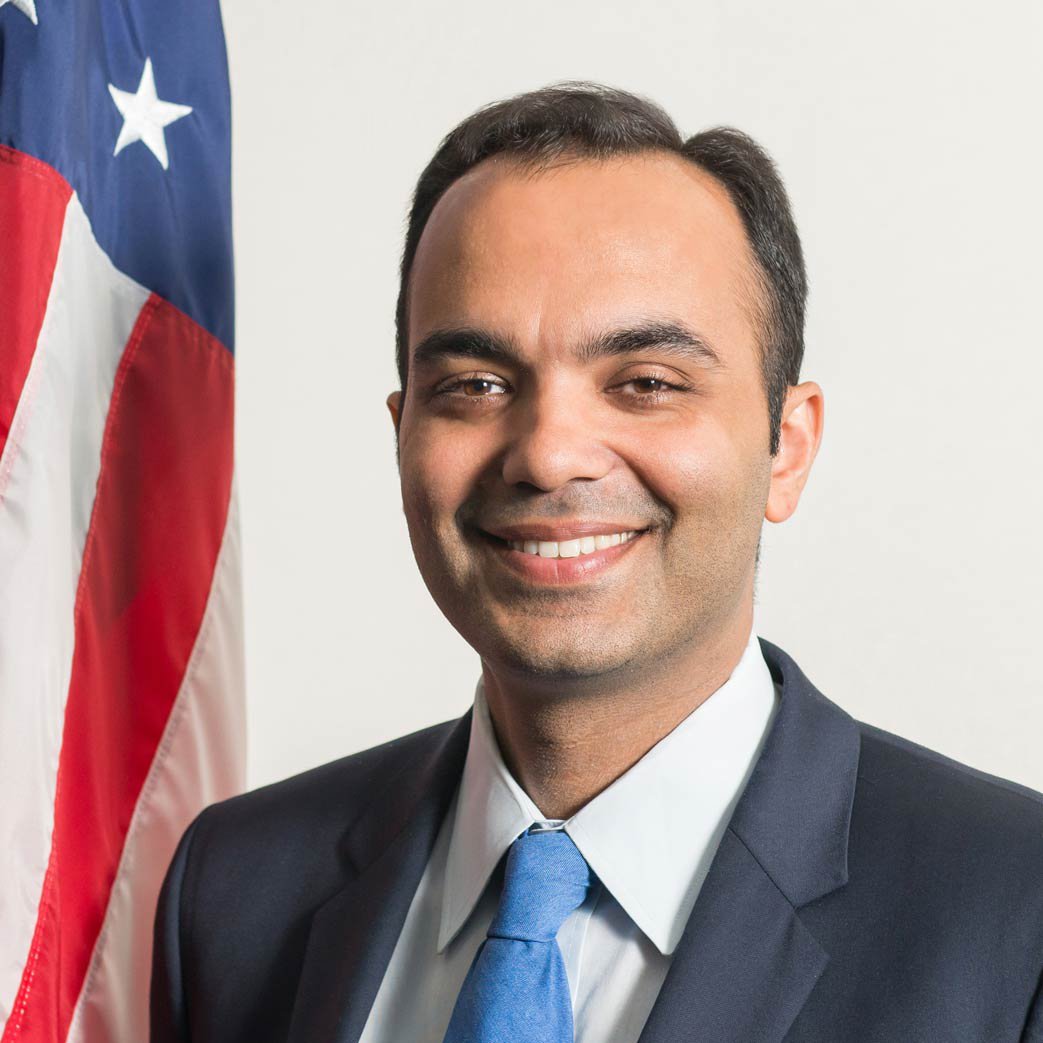


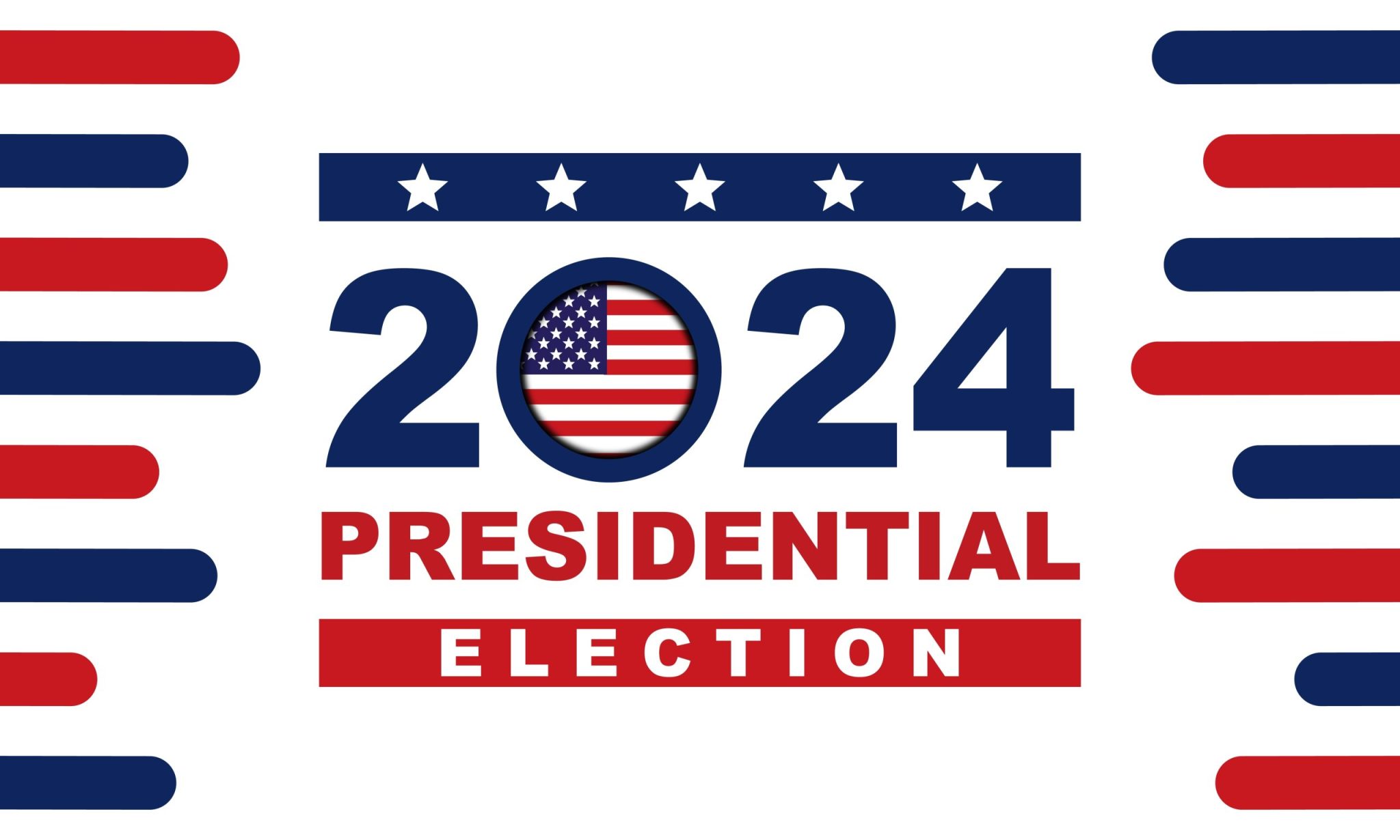














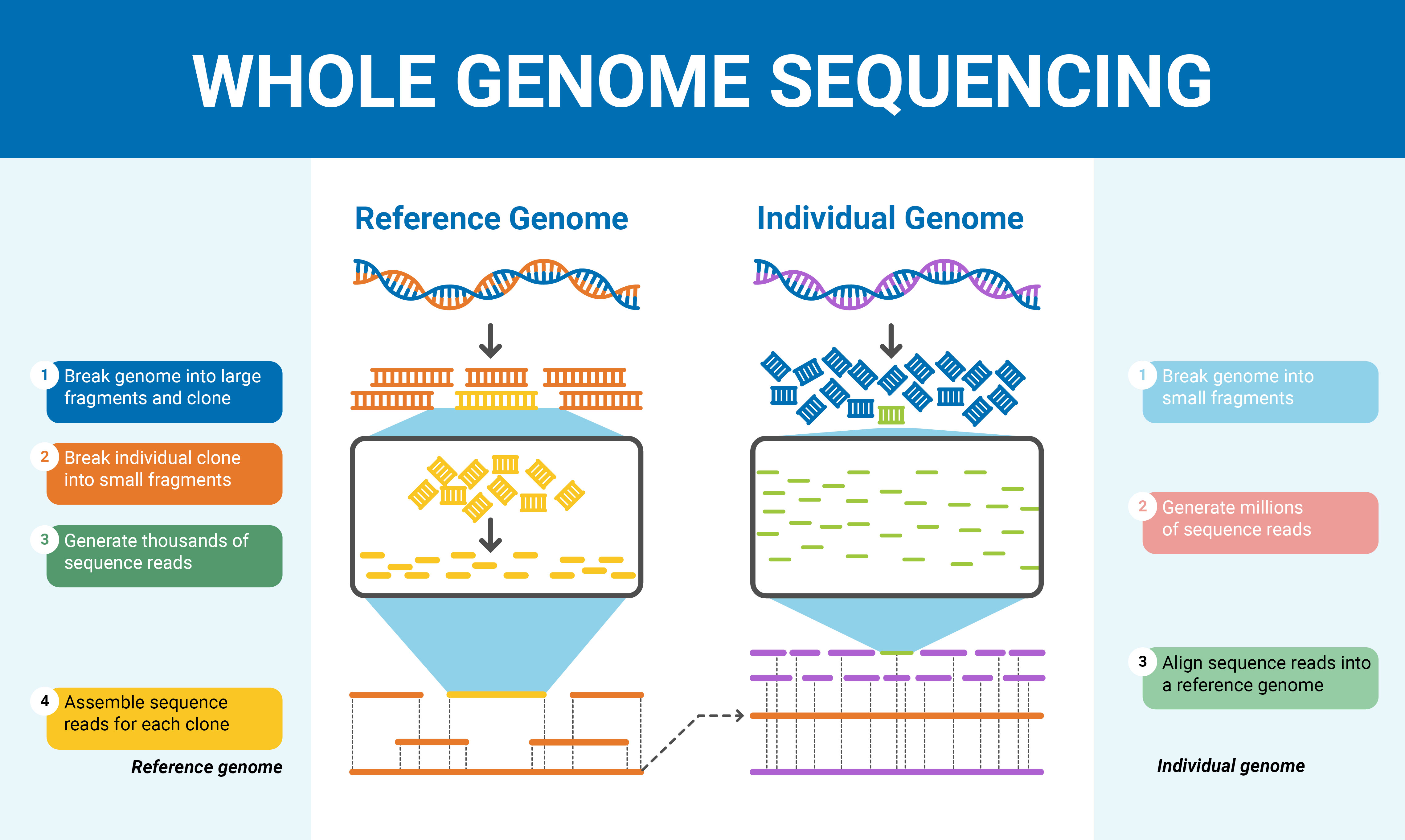



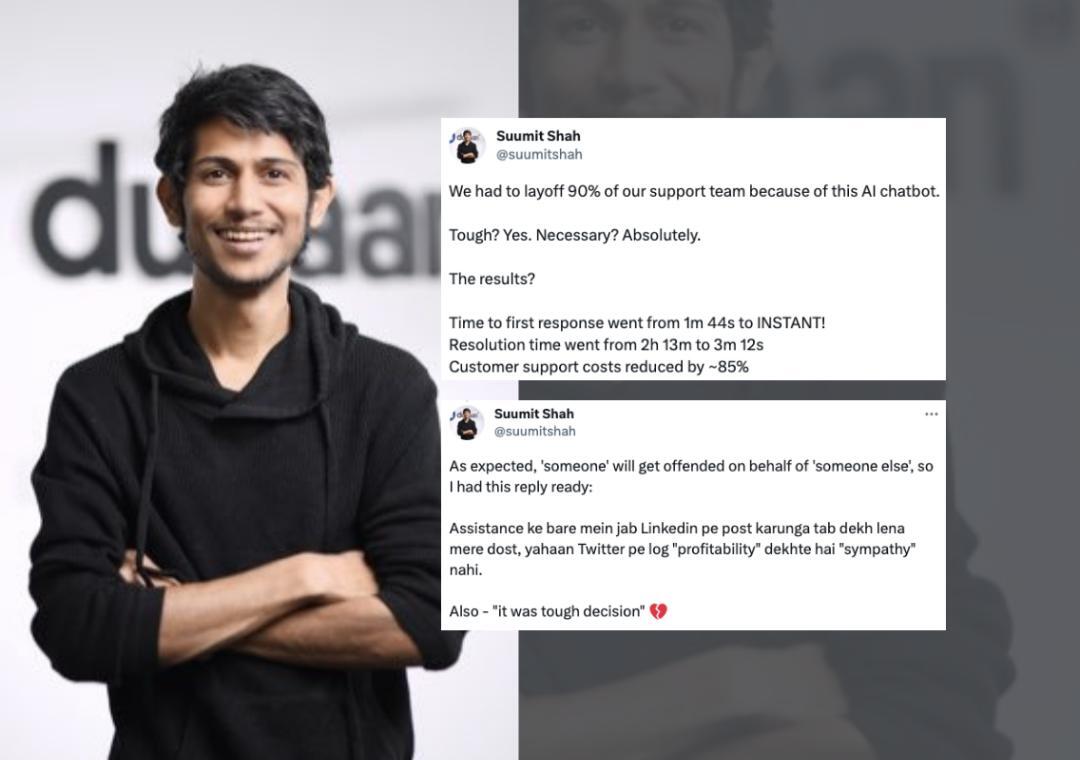




![How to copy and paste on Mac like a Pro [2023 Updated]](https://cdn.setapp.com/blog/images/how-to-copy-paste-and-cut-on-mac-1200-628.png)







